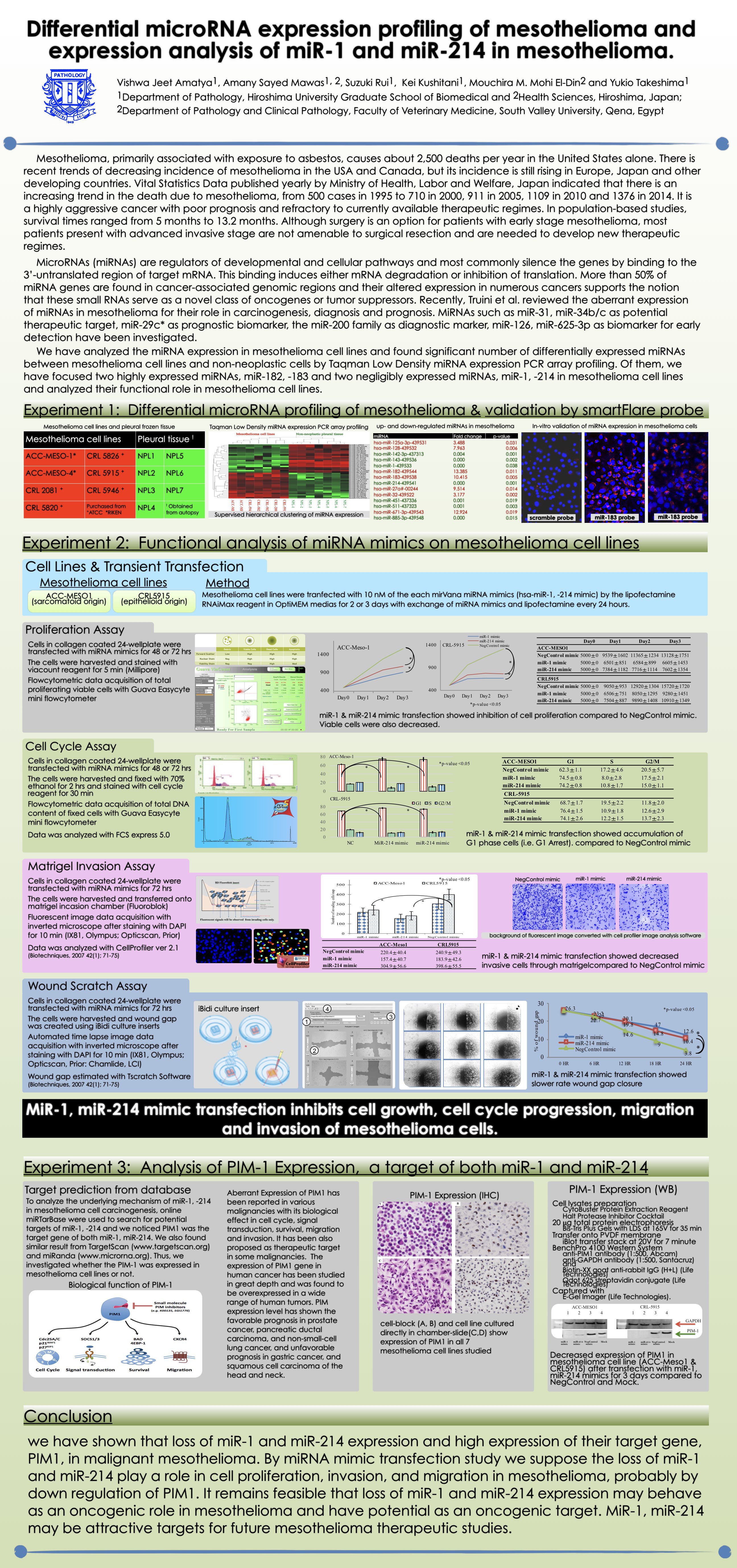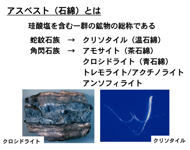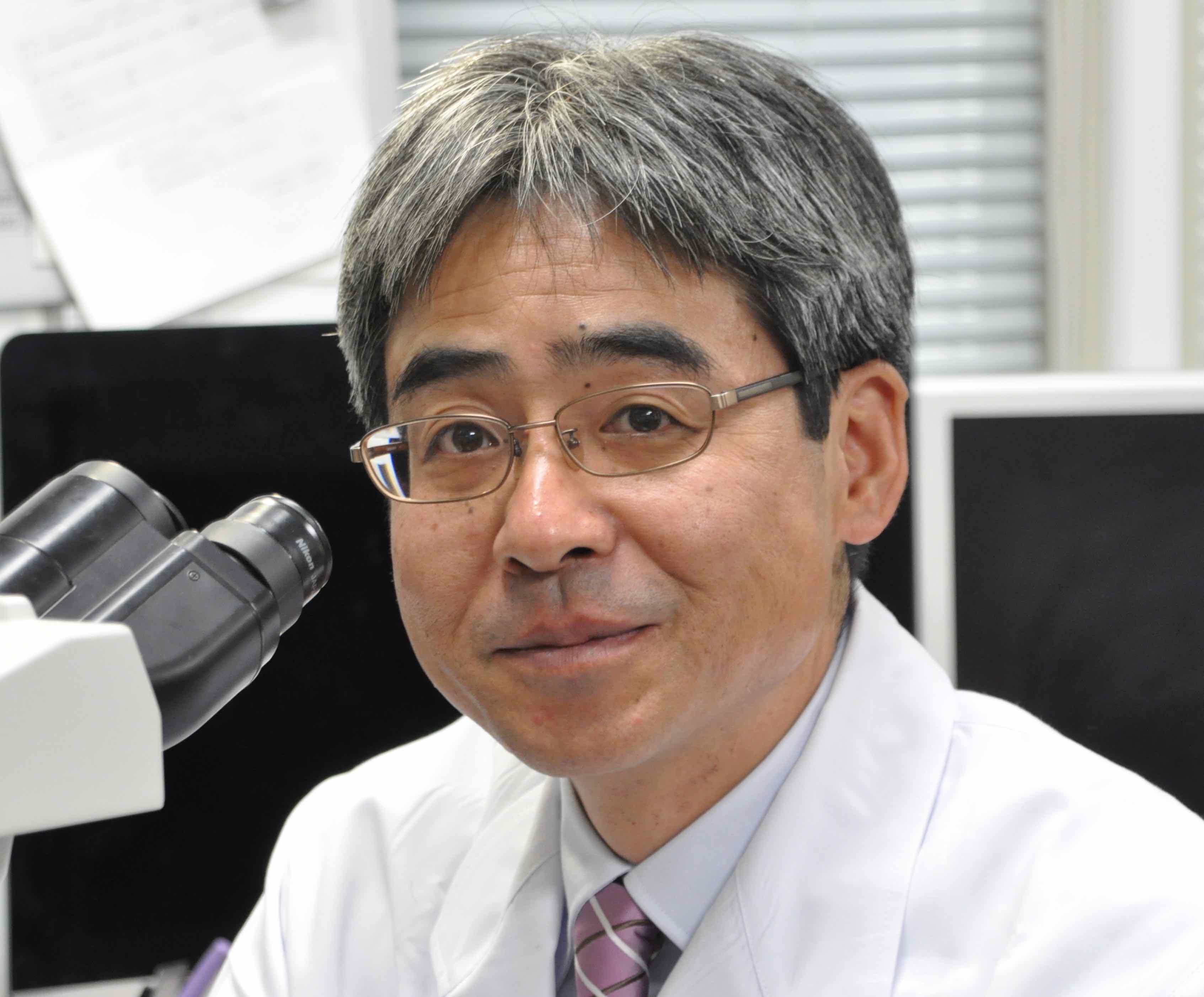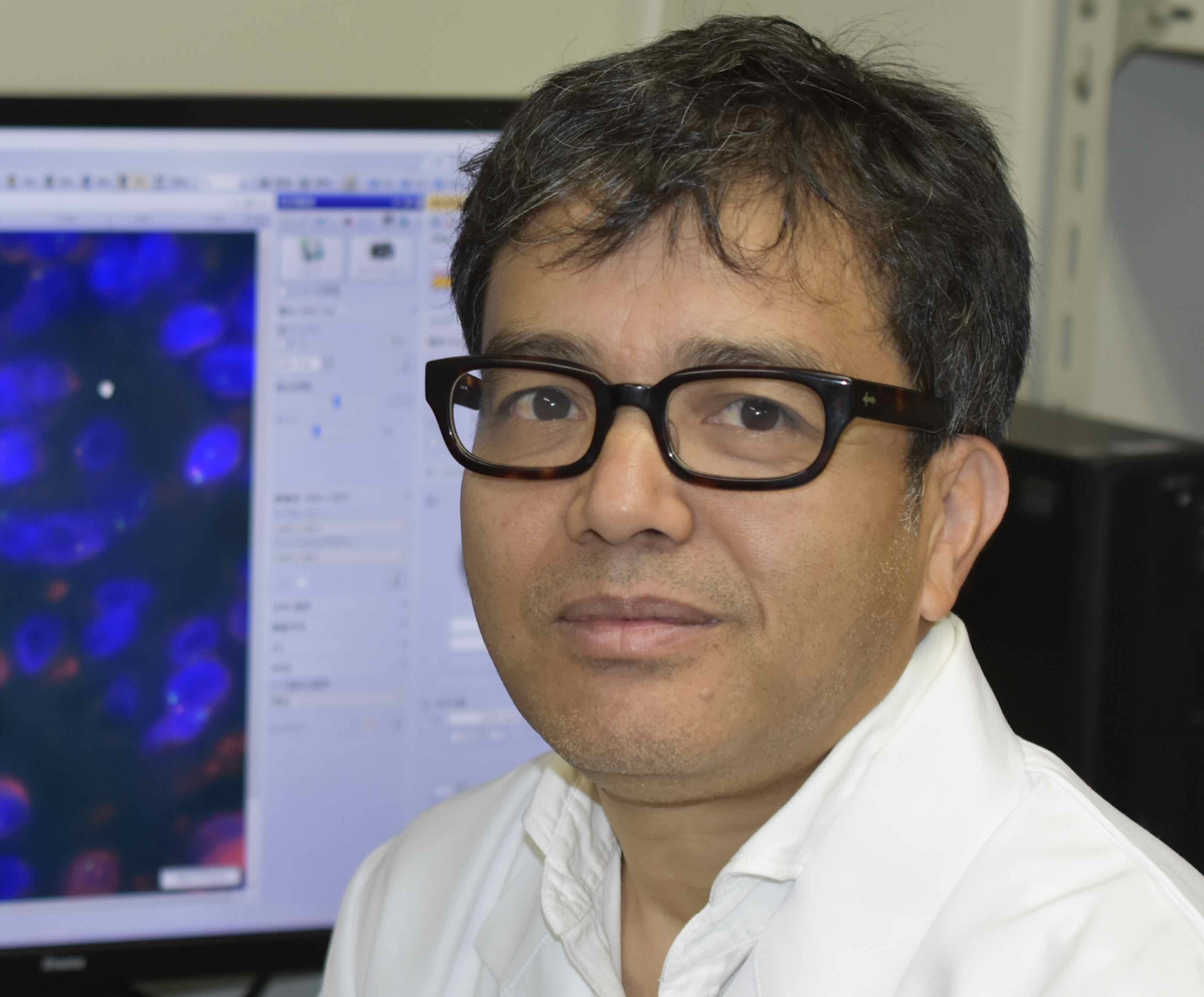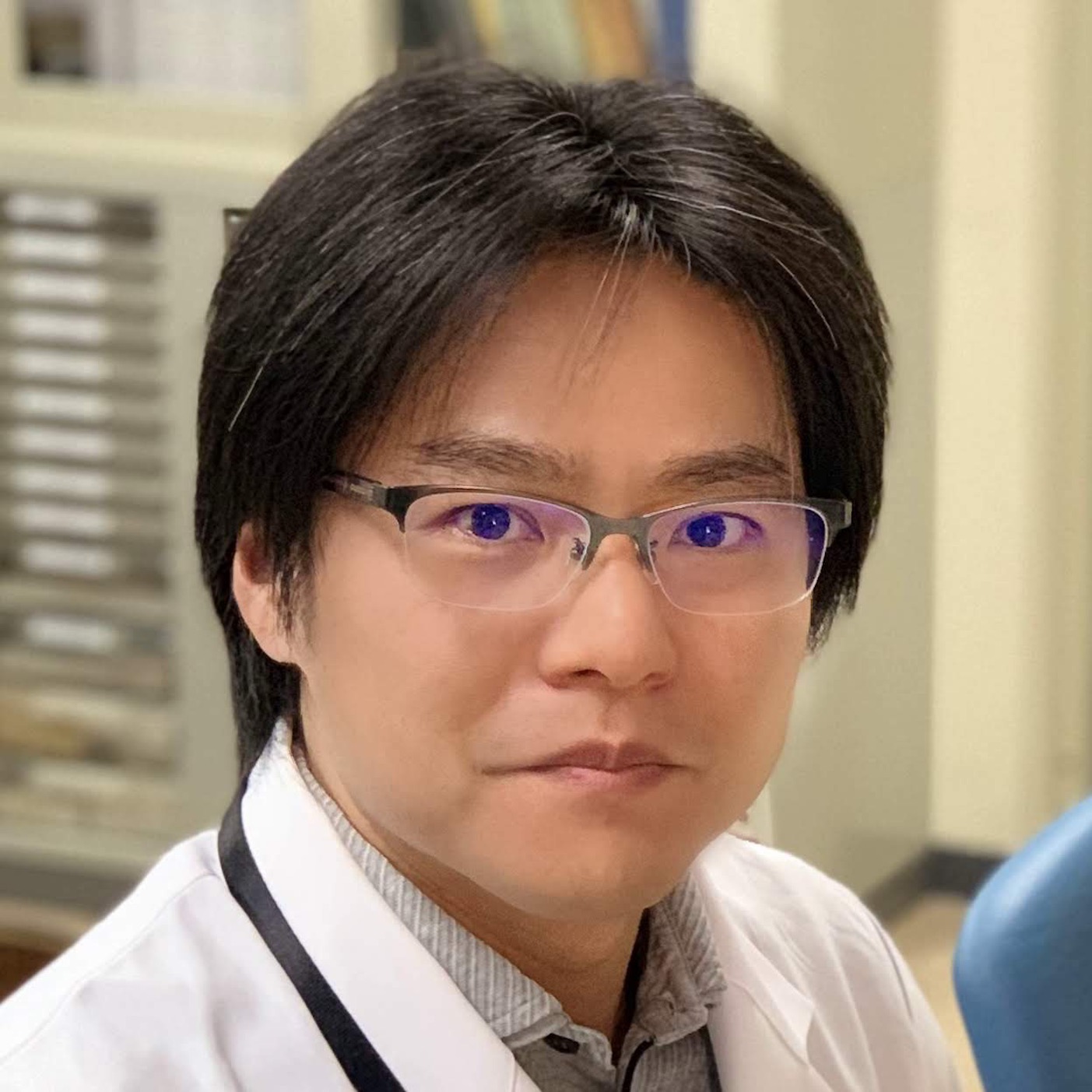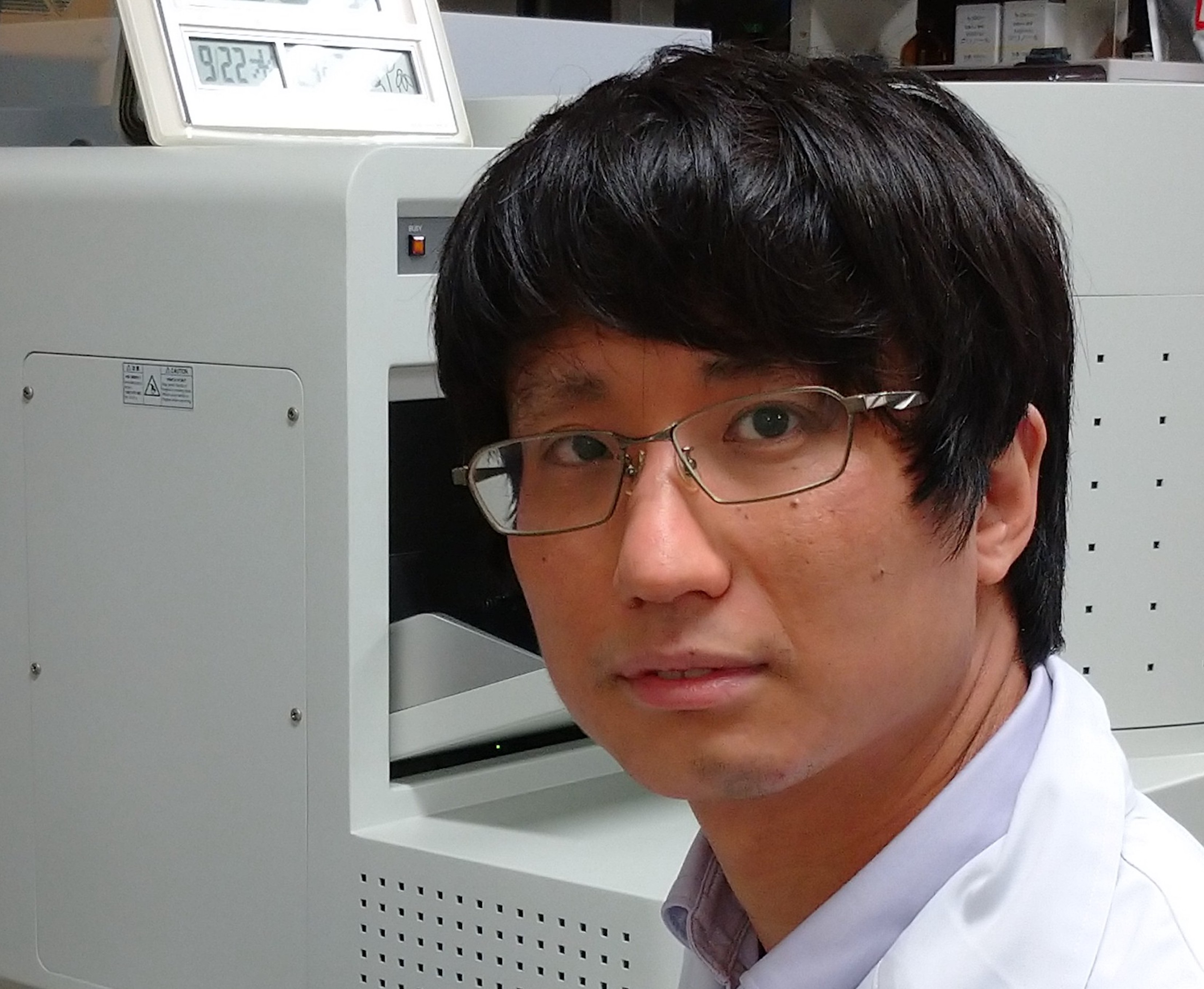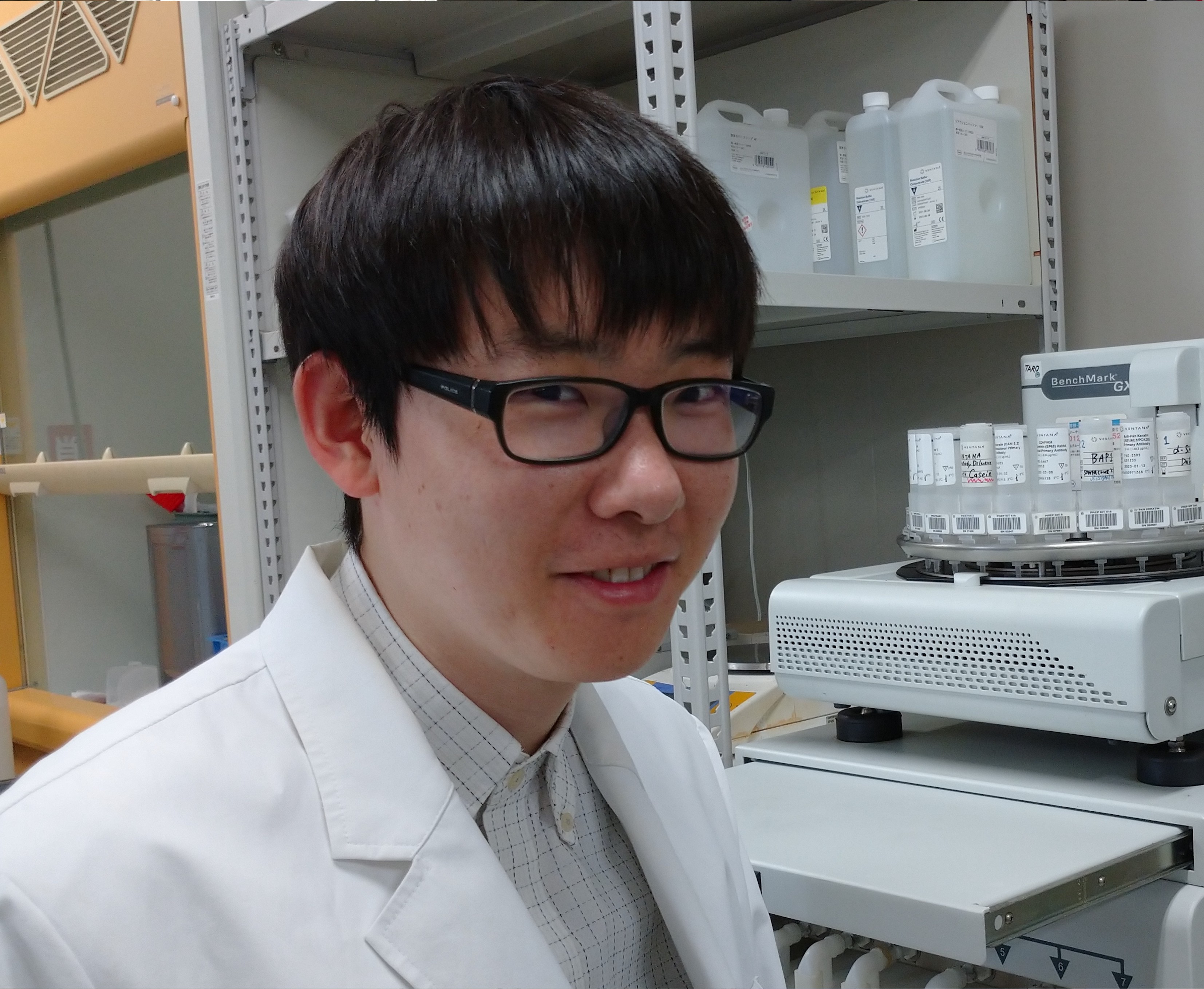SPARC Is a Novel Positive Immunohistochemical Marker of Epithelioid Mesothelioma to
Differentiate It From Lung Adenocarcinoma and/or Squamous Cell Carcinoma.
Nakagiri T, Amatya VJ, Kushitani K, Kambara T, Aoe K, Endo I, Miyata Y, Okada M, Takeshima Y.
Am J Surg Pathol. 2023 Oct 30. doi: 10.1097/PAS.0000000000002147. Online ahead of print.
Long Non-coding RNA LINC00152 Requires EZH2 to Promote Mesothelioma Cell Proliferation,
Migration, and Invasion.
Endo I, Amatya VJ, Kushitani K, Nakagiri T, Aoe K, Takeshima Y.
Anticancer Res. 2023 Dec;43(12):5367-5376.
FOXM1 Promotes Mesothelioma Cell Migration and Invasion via Activation of SMAD Signaling.
Endo I, Amatya VJ, Kushitani K, Kambara T, Nakagiri T, Aoe K, Takeshima Y.
Anticancer Res. 2023 Sep;43(9):3961-3968.
miR-142-3p Suppresses Invasion and Adhesion of Mesothelioma Cells by Downregulating ITGAV.
Endo I, Amatya VJ, Kushitani K, Nakagiri T, Aoe K, Takeshima Y.
Pathobiology. 2023;90(4):270-280.
Usefulness of NF2 hemizygous loss detected by fluorescence in situ hybridization in diagnosing
pleural mesothelioma in tissue and cytology material: A multi-institutional study.
Sa-Ngiamwibool P, Hamasaki M, Kinoshita Y, Matsumoto S, Sato A, Tsujimura T, Kawahara K, Kasai
T, Kushitani K, Takeshima Y, Hiroshima K, Iwasaki A, Nabeshima K.
Lung Cancer. 2023 Jan;175:27-35.
Challenges and limitation of MTAP immunohistochemistry in diagnosing desmoplastic
mesothelioma/sarcomatoid pleural mesothelioma with desmoplastic features.
Sa-Ngiamwibool P, Hamasaki M, Kinoshita Y, Matsumoto S, Sato A, Tsujimura T, Kasai T, Hiroshima
K, Kushitani K, Takeshima Y, Kawahara K, Iwasaki A, Nabeshima K.
Ann Diagn Pathol. 2022 Oct;60:152004.
Downregulation of FTL decreases proliferation of malignant mesothelioma cells by inducing G1
cell cycle arrest.
Kambara T, Amatya VJ, Kushitani K, Fujii Y, Endo I, Takeshima Y.
Oncol Lett. 2022 Jun;23(6):174.
Downregulation of lncRNA PVT1 inhibits proliferation and migration of mesothelioma cells by
targeting FOXM1.
Fujii Y, Amatya VJ, Kushitani K, Suzuki R, Kai Y, Kambara T, Takeshima Y.
Oncol Rep. 2022 Feb;47(2):27.
Insulin-Like Growth Factor 2 mRNA Binding Protein 3 Promotes Cell Proliferation of Malignant
Mesothelioma Cells by Downregulating p27Kip1.
Endo I, Amatya VJ, Kushitani K, Kambara T, Nakagiri T, Fujii Y, Takeshima Y.
Front Oncol. 2022 Jan 19;11:795467.
Identification of Novel Diagnostic Markers for Malignant
Pleural Mesothelioma Using a Reverse Translational Approach
Based on a Rare Synchronous Tumor.
Naka T, Hatanaka Y, Tabata Y, Takasawa A, Akiyama H, Hida Y,
Okada H, Hatanaka KC, Mitsuhashi T, Kushitani K, Amatya VJ,
Takeshima Y, Inai K, Kaga K, Matsuno Y.
Diagnostics (Basel). 2022 Jan 27;12(2):316.
SOX6 Is a Novel Immunohistochemical Marker for Differential Diagnosis of
Epithelioid Mesothelioma From Lung Adenocarcinoma.
Kambara T, Amatya VJ, Kushitani K, Suzuki R, Fujii Y, Kai Y, Miyata Y, Okada M, Takeshima Y.
Am J Surg Pathol. 2020
Sep;44(9):1259-1265.
Inhibition of Mir-18a-3p Reduces Proliferation of Mesothelioma Cells and
Sensitizes Them to Cisplatin.
Suzuki R, Amatya VJ, Kushitani K, Kai Y, Kambara T, Fujii Y, and Takeshima Y.
Oncol Lett. 2020,
19(6):4161-68
Mucin 21 Is a Novel, Negative Immunohistochemical Marker for Epithelioid
Mesothelioma for Its Differentiation from Lung Adenocarcinoma.
Kai Y, Amatya VJ, Kushitani K, Kambara T, Suzuki R, Tsutani Y, Miyata Y, Okada M, and Takeshima
Y.
Histopathology. 2019,
74(4):545-54
Reply to 'Muc4 Staining in Sarcomatoid Carcinomas' by Berg Et Al.
Amatya VJ, Kushitani K, Mawas AS, Miyata Y, Okada M, Kishimoto T, Inai K, and Takeshima Y.
Mod Pathol. 2019,
32(1):158
Mir-182 and Mir-183 Promote Cell Proliferation and Invasion by Targeting
Foxo1 in Mesothelioma.
Suzuki R, Amatya VJ, Kushitani K, Kai Y, Kambara T, and Takeshima Y.
Front Oncol. 2018, 8(446)
Muc4 Immunohistochemistry Is Useful in Distinguishing Epithelioid
Mesothelioma from Adenocarcinoma and Squamous Cell Carcinoma of the Lung.
Mawas AS, Amatya VJ, Kushitani K, Kai Y, Miyata Y, Okada M, and Takeshima Y.
Sci Rep. 2018, 8(1):134
Utility of Survivin, Bap1, and Ki-67 Immunohistochemistry in
Distinguishing Epithelioid Mesothelioma from Reactive Mesothelial Hyperplasia.
Kushitani K, Amatya VJ, Mawas AS, Suzuki R, Miyata Y, Okada M, Inai K, Kishimoto T, and Takeshima
Y.
Oncol Lett. 2018,
15(3):3540-47
Glypican-1 Immunohistochemistry Is a Novel Marker to Differentiate
Epithelioid Mesothelioma from Lung Adenocarcinoma.
Amatya VJ, Kushitani K, Kai Y, Suzuki R, Miyata Y, Okada M, and Takeshima Y.
Mod Pathol. 2018,
31(5):809-15
Pim1 Knockdown Inhibits Cell Proliferation and Invasion of Mesothelioma
Cells.
Mawas AS, Amatya VJ, Suzuki R, Kushitani K, Mohi El-Din MM, and Takeshima Y.
Int J Oncol. 2017,
50(3):1029-34
Utility and Pitfalls of Immunohistochemistry in the Differential Diagnosis
between Epithelioid Mesothelioma and Poorly Differentiated Lung Squamous Cell Carcinoma.
Kushitani K, Amatya VJ, Okada Y, Katayama Y, Mawas AS, Miyata Y, Okada M, Inai K, Kishimoto T,
and Takeshima Y.
Histopathology. 2017,
70(3):375-84
Identification of Dab2 and Intelectin-1 as Novel Positive
Immunohistochemical Markers of Epithelioid Mesothelioma by Transcriptome Microarray Analysis for
Its Differentiation from Pulmonary Adenocarcinoma.
Kuraoka M, Amatya VJ, Kushitani K, Mawas AS, Miyata Y, Okada M, Kishimoto T, Inai K, Nishisaka T,
Sueda T, and Takeshima Y.
Am J Surg Pathol. 2017,
41(8):1045-52
Muc4, a Novel Immunohistochemical Marker Identified by Gene Expression
Profiling, Differentiates Pleural Sarcomatoid Mesothelioma from Lung Sarcomatoid
Carcinoma.
Amatya VJ, Kushitani K, Mawas AS, Miyata Y, Okada M, Kishimoto T, Inai K, and Takeshima Y.
Mod Pathol. 2017,
30(5):672-81
Use of Anti-Noxa Antibody for Differential Diagnosis between Epithelioid
Mesothelioma and Reactive Mesothelial Hyperplasia.
Kushitani K, Amatya VJ, Mawas AS, Miyata Y, Okada M, and Takeshima Y.
Pathobiology. 2016,
83(1):33-40
Computed Tomographic Features of Malignant Peritoneal Mesothelioma.
Kato K, Gemba K, Fujimoto N, Aoe K, Takeshima Y, Inai K, and Kishimoto T.
Anticancer Res. 2016,
36(3):1067-72
Fatal Pleural Mesothelioma in Japan (2003-2008): Evaluation of Computed
Tomography Findings.
Kato K, Gemba K, Fujimoto N, Aoe K, Takeshima Y, Inai K, Kishimoto T.
Jpn J Radiol. 2016,
34(6):432-8
Pleural Irregularities and Mediastinal Pleural Involvement in Early Stages
of Malignant Pleural Mesothelioma and Benign Asbestos Pleural Effusion.
Eur J Radiol. 2016,
85(9):1594-600
Kato K, Gemba K, Fujimoto N, Aoe K, Takeshima Y, Inai K, Kishimoto T.
Differential Microrna Expression Profiling of Mesothelioma and
Expression Analysis of Mir-1 and Mir-214 in Mesothelioma.
Amatya VJ, Mawas AS, Kushitani K, Mohi El-Din MM, and Takeshima Y.
Int J Oncol. 2016,
48(4):1599-607
Histone H2a T120 Phosphorylation Promotes Oncogenic Transformation Via
Upregulation of Cyclin D1.
Aihara H, Nakagawa T, Mizusaki H, Yoneda M, Kato M, Doiguchi M, Imamura Y, Higashi M, Ikura T,
Hayashi T, Kodama Y, Oki M, Nakayama T, Cheung E, Aburatani H, Takayama KI, Koseki H, Inoue S,
Takeshima Y, and Ito T.
Mol Cell. 2016,
64(1):176-88
Treatment and Survival Analyses of Malignant Mesothelioma in
Japan.
Gemba K, Fujimoto N, Aoe K, Kato K, Takeshima Y, Inai K, and Kishimoto T.
Acta Oncol. 2013,
52(4):803-8
Cd9 Expression as a Favorable Prognostic Marker for Patients with
Malignant Mesothelioma.
Amatya VJ, Takeshima Y, Aoe K, Fujimoto N, Okamoto T, Yamada T, Kishimoto T, Morimoto C, and Inai
K.
Oncol Rep. 2013,
29(1):21-8
National Survey of Malignant Mesothelioma and Asbestos Exposure in
Japan.
Gemba K, Fujimoto N, Kato K, Aoe K, Takeshima Y, Inai K, and Kishimoto T.
Cancer Sci. 2012,
103(3):483-90
Cd26 Overexpression Is Associated with Prolonged Survival and Enhanced
Chemosensitivity in Malignant Pleural Mesothelioma.
Aoe K, Amatya VJ, Fujimoto N, Ohnuma K, Hosono O, Hiraki A, Fujii M, Yamada T, Dang NH, Takeshima
Y, Inai K, Kishimoto T, and Morimoto C.
Clin Cancer Res.
2012,
18(5):1447-56
Clinical, Radiological, and Pathological Investigation of
Asbestosis.
Kishimoto T, Kato K, Arakawa H, Ashizawa K, Inai K, and Takeshima Y.
Int J Environ Res
Public
Health. 2011, 8(3):899-912
Overexpression of Cd26/Dppiv in Mesothelioma Tissue and Mesothelioma
Cell
Lines.
Amatya VJ, Takeshima Y, Kushitani K, Yamada T, Morimoto C, and Inai K.
Oncol Rep. 2011,
26(6):1369-75
Myogenic Antigen Expression Is Useful for Differentiation between
Epithelioid Mesothelioma and Non-Neoplastic Mesothelial Cells.
Tsukiji H, Takeshima Y, Amatya VJ, Kushitani K, and Inai K.
Histopathology. 2010,
56(7):969-74
Aberrant Promoter Methylation of Wif-1 and Sfrp1, 2, 4 Genes in
Mesothelioma.
Kohno H, Amatya VJ, Takeshima Y, Kushitani K, Hattori N, Kohno N, and Inai K.
Oncol Rep. 2010,
24(2):423-31
Clinical Study on Mesothelioma in Japan: Relevance to Occupational
Asbestos Exposure.
Kishimoto T, Gemba K, Fujimoto N, Aoe K, Kato K, Takeshima Y, and Inai K.
Am J Ind Med. 2010,
53(11):1081-7
Evaluation of Apoptosis and Immunohistochemical Expression of the
Apoptosis-Related Proteins in Mesothelioma.
Jin L, Amatya VJ, Takeshima Y, Shrestha L, Kushitani K, and Inai K.
Hiroshima J Med Sci.
2010, 59(2):27-33
Accuracy of Pathological Diagnosis of Mesothelioma Cases in Japan:
Clinicopathological Analysis of 382 Cases.
Takeshima Y, Inai K, Amatya VJ, Gemba K, Aoe K, Fujimoto N, Kato K, and Kishimoto T.
Lung Cancer. 2009,
66(2):191-7
Value of Immunohistochemistry in the Differential Diagnosis of Pleural
Sarcomatoid Mesothelioma from Lung Sarcomatoid Carcinoma.
Takeshima Y, Amatya VJ, Kushitani K, Kaneko M, and Inai K.
Histopathology. 2009,
54(6):667-76
Caveolin-1 Is a Novel Immunohistochemical Marker to Differentiate
Epithelioid Mesothelioma from Lung Adenocarcinoma.
Amatya VJ, Takeshima Y, Kohno H, Kushitani K, Yamada T, Morimoto C, and Inai K.
Histopathology. 2009,
55(1):10-9
A Useful Antibody Panel for Differential Diagnosis between Peritoneal
Mesothelioma and Ovarian Serous Carcinoma in Japanese Cases.
Takeshima Y, Amatya VJ, Kushitani K, and Inai K.
Am J Clin Pathol.
2008,
130(5):771-9
Differential Diagnosis of Sarcomatoid Mesothelioma from True Sarcoma
and
Sarcomatoid Carcinoma Using Immunohistochemistry.
Kushitani K, Takeshima Y, Amatya VJ, Furonaka O, Sakatani A, and Inai K.
Pathol Int. 2008,
58(2):75-83
Immunohistochemical Marker Panels for Distinguishing between
Epithelioid
Mesothelioma and Lung Adenocarcinoma.
Kushitani K, Takeshima Y, Amatya VJ, Furonaka O, Sakatani A, and Inai K.
Pathol Int. 2007,
57(4):190-9
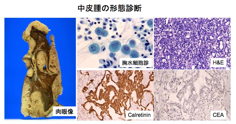 Gross, cytological, histological
and immunohistochemical features
Gross, cytological, histological
and immunohistochemical features 